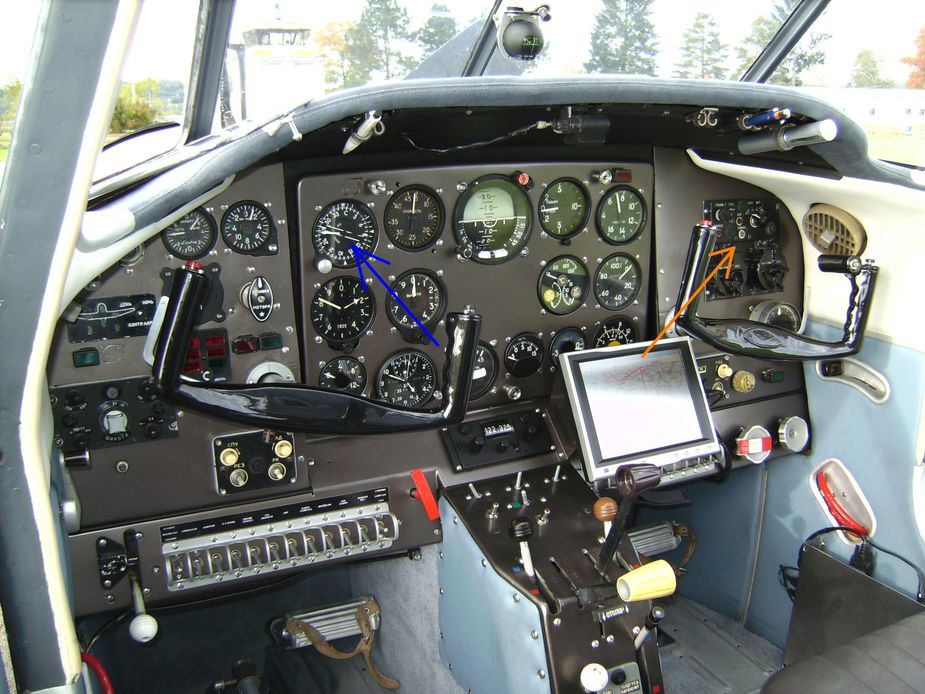I would have flown the EBOS one with one ADF, doing the approach on DD 352.5 active frequency, OO 375 on the flip-flop, when going missed flip-flop and “when convenient”
What about the old requirement to continiously ident before going missed? I recall this was a requirement when conducting GPS+ADF in UK (and likely in Belgium as they had GPS+ADF everywhere where missed use NDB)
Now you can do it with 1×ADF for FAS segment, the missed can be done by GPS and it’s well covered by RAIM & SBAS availability before crossing FAF
PS: I know that NDB flying is BS, I rarely care about tuning one to start with let alone doing morse ident (likely no one cares neither), I stopped flying them while ago after one personal bad experience: I never dial them again niether as primary guidance or secondary backup as in every single runway where I fly the “balls out” climb to MSA on compass heading is more than enough if I lose Radar, GPS or ILS…so let’s pretend my question about “dual NDB ident” was only asked in the context of an IR exam where RHS examiner loves procedural ADF (usually one who never flew them for real with two of his best friends in 400ft ceiling & 2000m visbility  )
)
Ibra
There was and still is a requirement to continuously monitor the ADF during an approach and in the old days this was accomplished by listening to the ident audio.
For those with more modern ADF equipment ( did I just use modern and ADF in the same sentence !? ) listening to the audio is not required if the ADF has a superflag function as this will remove the needle from the screen should the ADF not be receiving a signal of acceptable quality.
Also Gävle(ESSK) north of Stockholm-Arlanda had a 2 NDB approach. It was aligned with the final track and worked out ok. During my training we only ever had one ADF on board which meant that you switched NDB frequency as soon as you had a 90 degree deflection on the needle and continued towards the next one.
I guess it allowed them to have a lower minima compared to a single NDB, otherwise I do not really see the point of it.
But it was good fun to fly!
Fly310 wrote:
I guess it allowed them to have a lower minima compared to a single NDB, otherwise I do not really see the point of it.
The two-NDB approach was used on Soviet aerodromes – there was no VOR/DME/ILS, just two NDBs before each threshold. You had to have two ADFs to use those…
Yes; I think the idea was that the NDB errors cancel out, sort of. I think you get a form of “RMI” presentation.
The main advantage over a slingle NDB that it is very easy to fly; the indicator is a simple dual-needle RBI (not even slaved to anything like an RMI), you keep the needles overlapping each other. Very easy to intercept (fly towards the needles a 30 degree-ish heading, turn shortly before they converge) and to maintain track. It is immediately obvious if you drift to the left or the right, and you correct your heading accordingly. Much less mental effort than a single needle on an RMI.
The errors don’t really cancel out, for example coastal and terrain errors are the same, and with thunderstorms in the vicinity all bets are off as usual.
Again, in Europe there are no more airports/airports that have only NDB approaches (only exception: Losinj, and that one is useless as well as the minima are high and you can approach VFR from the sea anyway, apart from the fact that nobody flies there if the weather is bad).
I have to correct you – Losinj has VOR approach as well.
blue arrow ADF/RMI indicator, orange arrow dual ADF controller:

Thanks for good explanations. Now that we mostly use GPS but still need redundancy I often wonder if it wouldn’t have been best to keep the NDBs instead of VORs because they seem so simple. But I do not know if there is a big difference on the maintenance side. If the NDB station requires less work at the ground station or not.
Fly310 wrote:
During my training we only ever had one ADF on board which meant that you switched NDB frequency as soon as you had a 90 degree deflection on the needle and continued towards the next one.
In theory you would get better precision if you left the first NDB on a QDR and switched halfway to the next one. In practice, however…